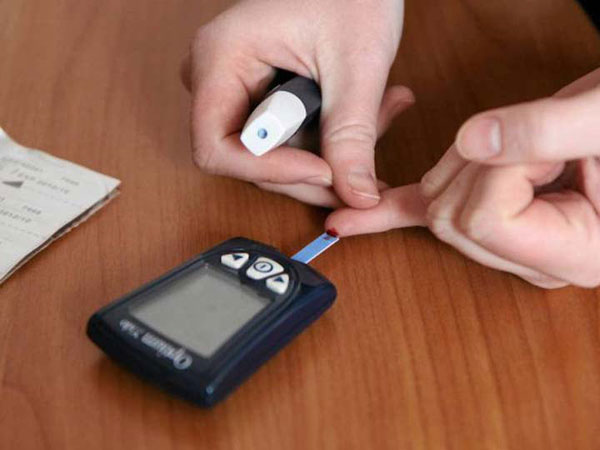Tight glucose control has a legacy effect of reduced mortality, researchers reported.
In long-term follow-up data from the DCCT/EDIC study, patients who had intense control for 6.5 years had a lower risk of death over nearly 30 years than those who had standard care, Trevor Orchard, MD, of the University of Pittsburgh, and colleagues reported online in the Journal of the American Medical Association.
Advertisement
“These results build on earlier studies, which suggested that increased protein in the urine largely accounts for shorter lifespans for people with type 1 diabetes,” Orchard said in a statement. “These results further emphasize the importance of good early glucose control, as this reduces the risk for increased protein in the urine in general, as well as diabetic kidney disease.”
The 10-year DCCT (Diabetes Control and Complications Trial) was followed by the Epidemiology of Diabetes Control and Complications (EDIC) study. DCCT revealed that intensive therapy — lowering HbA1c to 7% rather than the 9% which was standard practice at the time — in patients with type 1 diabetes diminished a range of complications about 35% to 75%, establishing intensive therapy as the standard of care.
Long-term data on microvascular and macrovascular complications were reported at the American Diabetes Association meeting in 2013. At that time, researchers reported that patients on intensive management had a 46% lower risk of retinopathy, a 39% reduced risk of microalbuminuria, and a 61% lower risk of macroalbuminuria (P<0.0001 for all).
The trial enrolled 1,441 patients with type 1 diabetes who had no other complications at baseline. They were randomized to intensive or conventional therapy for a median of 6.5 years, and data were available on 1,429 patients at the end of follow-up, which totaled 27 years.
The researchers noted that while HbA1c levels were lower in the intense control group at the end of the initial study, levels equalized during follow-up.
Overall, Orchard and colleagues found a significantly lower risk of death in the intense control group (HR 0.67, 95% CI 0.46-0.99, P=0.045).
But the absolute risk reduction was small, at about 1/1,000 patient-years.
They also found that higher HbA1c levels were associated with all-cause mortality (HR 1.56, 95% CI 1.35-1.81 per 10% increase, P<0.001) and development of albuminuria (HR 2.20, 95% CI 1.46-3.31, P<0.001).
The most common causes of death were cardiovascular disease (22%), cancer (20%), acute diabetes complications (18%) and accidents/suicide (17%).
Orchard and colleagues added that the results depart from those seen in type 2 diabetes patients. In this population, reducing glycemia to the nondiabetic range has not consistently reduced mortality, they wrote.
The ACCORD trial, for instance, showed that all-cause and cardiovascular mortality were increased with intensive therapy, while on the other hand, the UKPDS — which is also in type 2 patients and had a study duration closer to EDIC — showed reduced mortality with intensive therapy.
The researchers noted that sustaining intensive therapy is difficult for many patients. It is also associated with increased risk of hypoglycemia, which has also been associated with greater mortality.
Indeed, the DCCT/EDIC trial showed an association between history of hypoglycemia and risk of death (HR 1.63, 95% CI 1.10-2.40).
“The current data suggest net mortality benefit from intensive therapy, even when the controlled clinical trial comparing intensive with conventional therapy was implemented over less than 25% of the 27-year follow-up time,” they wrote.
They also concluded that the results “provide reassurance that adoption of 6.5 years of intensive therapy in type 1 diabetes does not incur increased risk of overall mortality.”
Griffin Rodgers, MD, director of the National Institute of Diabetes and Digestive and Kidney Diseases (NIDDK), said in a statement that the results will help “millions of people with diabetes [to] prevent or delay debilitating and often fatal complications from the disease.”

